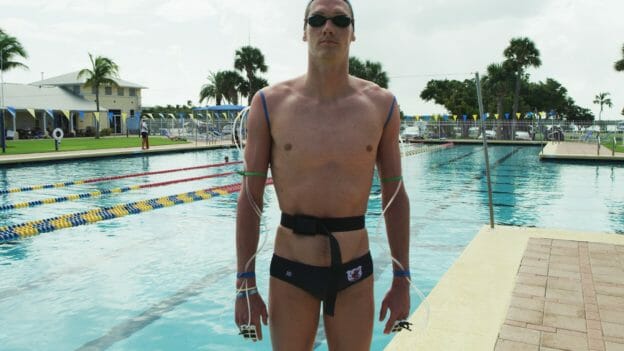The Pressure Meter
Swimming faster involves the right training and technique. Both are important. Whether we recognize it yet or not, we live in a sport where details matter. If you don’t believe that, consider the following.
My son, Gary Jr, and Anthony Ervin tied for the gold medal in the men’s 50 meter freestyle Olympic final in 2000. Four years later, Gary Jr won the gold medal in the same event in Athens by .01 seconds. Sixteen years later, Anthony won a second gold medal in the same event in Rio by .01 seconds. Four gold medals won by a sum total of .02 seconds. Most people don’t remember who was second in each race, but they do remember who won.
The point is that if Gary Jr and Anthony had not focused on details, those four Olympic gold medals would belong to someone else. In swimming, details matter.
What is exciting is that we now have new technology that enables us to really study and understand some of the details that help make swimmers fast. The Pressure Meter is a good example.
This new technology from Italy measures the pressure on each hand during the pulling cycle. Coaches often refer to a swimmer’s ability to hold water. Swimmers that hold water swim fast. Now, using the Pressure Meter, we can measure a swimmer’s ability to hold water.
Most coaches also recognize that body rotation is an important technique used by fast swimmers. The Pressure Meter enables us to simultaneously measure the speed and the amount of body rotation, which has never been done before.
In September, we tested the Pressure Meter on two of America’s fastest swimmers training at Indiana University, distance freestyler and American record holder, Zane Grothe and sprint ace, Margo Geer. With each swimmer, we synchronized the Pressure Meter with video so we could see exactly what was happening with the pull and body rotation at each .02 seconds. This study confirms that there is a direct correlation between how fast a swimmer rotates his or her body and how much force or pressure that he or she can generate with the pulling hand, a phenomenon we refer to as coupling. In other words, a swimmer’s body rotational speed helps him or her hold more water.
This week, in Lanes 1-4 or on YouTube, you can enjoy a free webisode that unveils this new technology at The Race Club in Islamorada, Florida. In the following weeks you will find more webisodes in Lanes 2, 3 and 4 that reveal many of the details of the results from these two great swimmers. You might be surprised to find out who is holding more water, Zane or Margo?
Yours in swimming,
Gary Sr.

